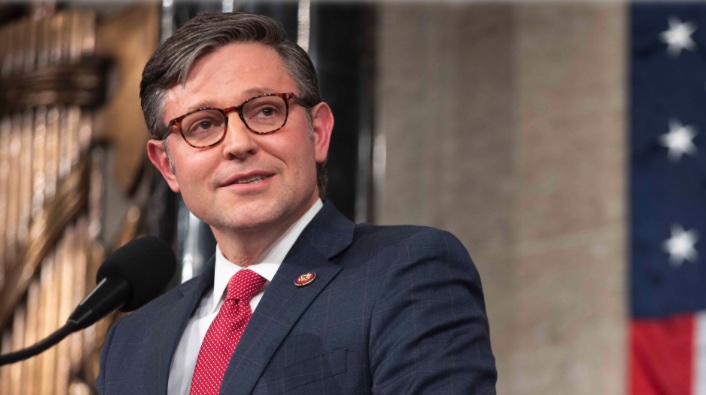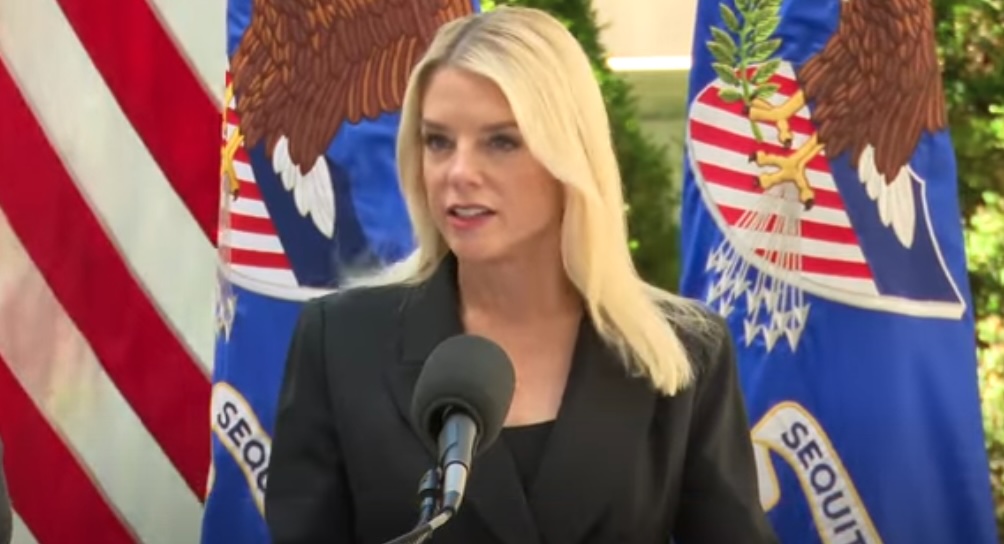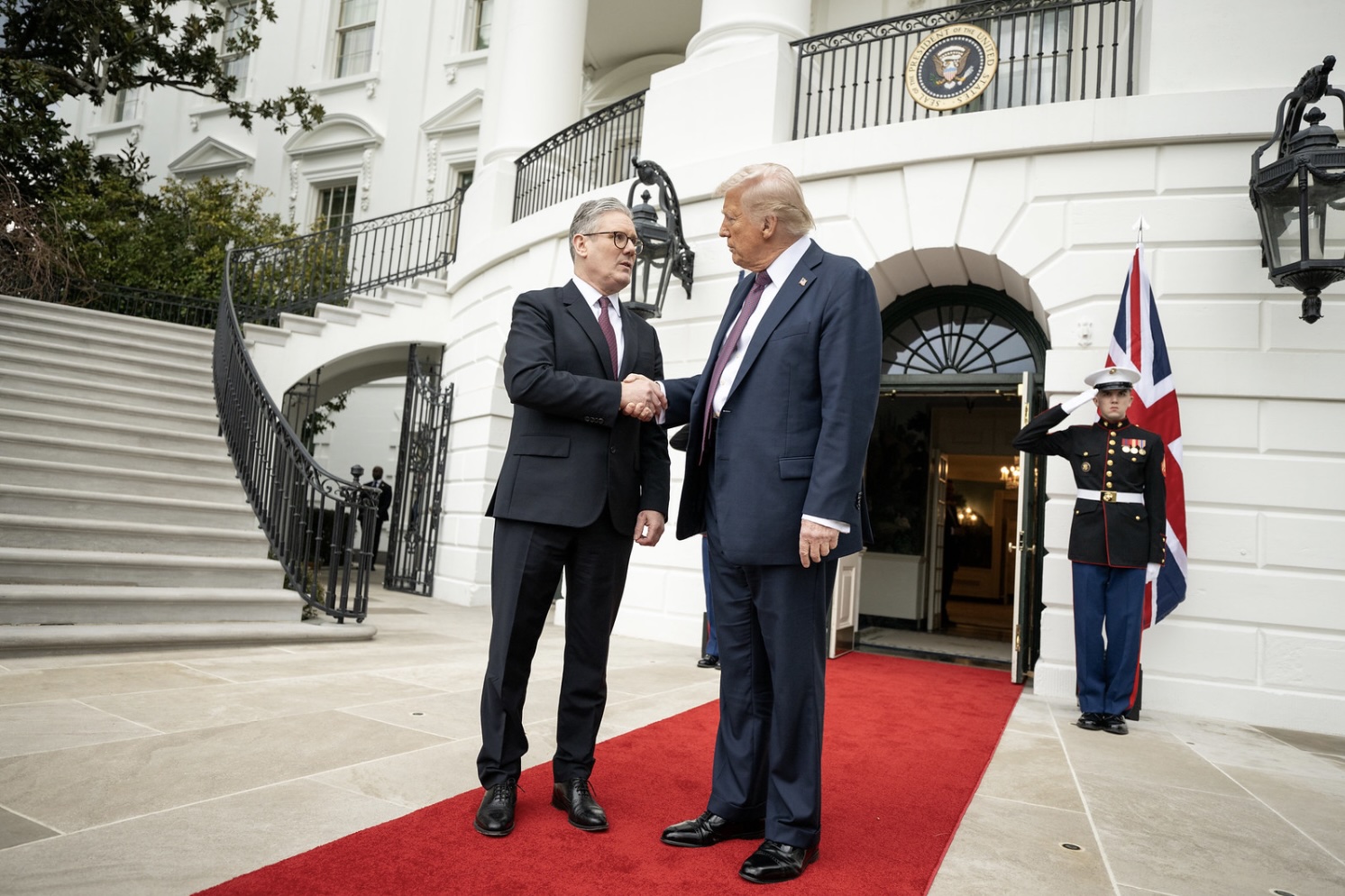What is the future of healthcare coverage in America?
PRAY FIRST for God to help us as we navigate the complexities of medical insurance and healthcare access in our nation, for godly wisdom for our leaders, compassion to healthcare providers, and provision for those in need.
Open your mouth for the mute, for the rights of all who are destitute. Open your mouth, judge righteously, defend the rights of the poor and needy. – Proverbs 31:8-9
Medical insurance in the U.S. acts as a financial safety net, helping individuals afford the high costs of medical treatments. While healthcare refers to the actual services provided—like hospital visits, surgeries, and medications—medical insurance covers or offsets those expenses, making care more affordable for the insured.
The origins of medical insurance in the U.S. date back to the early 20th century. It was initially designed to protect workers from lost wages due to illness rather than cover medical costs. The advent of employer-sponsored insurance during World War II, spurred by wage freezes, marked a shift in focus. Over the decades, the scope of medical insurance expanded, covering broader medical services and encompassing more demographics. Today, medical insurance serves as a vital component of financial security for many Americans, though gaps in coverage remain.
Who Has Access?
The Affordable Care Act (ACA) made strides toward reducing the uninsured rate, yet approximately eight percent of Americans remain without coverage as of 2024. This exclusion often stems from factors like employment instability, immigration status, or high premium costs.
While medical insurance significantly improves access to care, disparities exist across the 50 states. For example, Medicaid expansion under the ACA was adopted unevenly, leading to varied coverage rates and healthcare quality nationwide. States that expanded Medicaid generally report better access to care for low-income populations compared to non-expansion states.
Healthcare availability is also influenced by geographic and socioeconomic factors. Rural areas often lack medical facilities, forcing residents to travel long distances for care. Conversely, urban centers may have an abundance of providers but experience issues like overcrowding and longer wait times.
Who’s in Charge?
The U.S. medical insurance system is a complex mix of public and private entities. Public programs like Medicare and Medicaid—managed by federal and state governments—provide coverage for seniors, low-income individuals, and other vulnerable groups. Private insurance companies, often tied to employers, dominate the market for working-age Americans.
Historically, the government’s role in healthcare was limited, with private insurers taking the lead. However, federal initiatives like the ACA significantly expanded the government’s influence in regulating and subsidizing insurance. Today, entities like the Centers for Medicare & Medicaid Services (CMS) play a pivotal role in overseeing public insurance programs, while state governments regulate private insurers within their jurisdictions.
Economic Factors and Public Perception
Inflation has a direct impact on the cost of medical insurance and healthcare services. Rising costs often lead to higher premiums, deductibles, and out-of-pocket expenses for consumers. While insurance aims to provide better access to care, high costs can deter people from seeking necessary treatments, even when insured.
Public opinion on the U.S. medical insurance system remains divided. Many Americans appreciate the access insurance provides but criticize its complexity and high costs. Concerns about affordability, transparency, and fair access fuel dissatisfaction among various demographics.
Compared to other developed nations, the U.S. system is unique in its reliance on private insurance and employer-based coverage. Universal healthcare models in countries like Canada and the U.K. eliminate the need for private insurance by providing government-funded care. While these systems often have lower administrative costs and provide broader coverage, ensuring that more people have access to essential medical services, they may face challenges such as limited choices for patients, government decisions on the necessity of certain procedures, and longer wait times for some treatments. Additionally, these systems can experience funding constraints, which may impact the quality and availability of care.
The U.S. model’s strengths lie in innovation and choice, but critics argue that its high costs and coverage gaps undermine its effectiveness.
If medical insurance were removed from the U.S., the impact on society would be profound. Vulnerable populations, including the elderly, low-income families, and those with chronic illnesses, would face significant barriers to care. The ripple effects could include increased emergency room visits, higher healthcare costs, and worsening public health outcomes.
Decision-making power over medical insurance reforms rests with federal and state governments, as well as private stakeholders. Policymakers could address these challenges through measures like capping premiums, expanding public insurance options, or incentivizing preventative care. Many politicians campaign on the issues of protecting or enhancing Medicare, reforming the healthcare system, and overall improving the lives of Americans. Successful examples of healthcare reform, such as Medicare’s introduction in 1965, demonstrate the potential for meaningful change.
That said, there is often very differing views on how that change should be implemented. This has often created a lot of back and forth in all branches of government, with many proposed solutions being abandoned before they can be successfully implemented. It will be up to the new Congress and upcoming presidential administration to attempt to tackle the complexity of combating rising health insurance costs in America.
Why It Matters and How We Can Respond
The Bible emphasizes caring for the vulnerable, as seen in Proverbs 31:8–9: “Open your mouth for the mute, for the rights of all who are destitute. Open your mouth, judge righteously, defend the rights of the poor and needy.”
As we pray, we can remember that we have an active part in helping those in need and voting for those who seek to care for the least of these. Also, we can serve in our communities through church-based initiatives like health clinics and/or support groups for uninsured individuals. Most importantly, we can pray. Prayer is crucial. Let’s pray for God’s wisdom for our politicians, compassion for healthcare providers, and provision for those struggling to access care.
HOW THEN SHOULD WE PRAY:
— Pray for the Lord to give wisdom to our leaders as they navigate complex healthcare challenges and for their decisions to prioritize the well-being of our society. A righteous man knows the rights of the poor; a wicked man does not understand such knowledge. Proverbs 29:7
— Pray for all believers to seek ways to support and care for the vulnerable, reflecting God’s love and care through our actions. If a brother or sister is poorly clothed and lacking in daily food, and one of you says to them, ‘Go in peace, be warmed and filled,’ without giving them the things needed for the body, what good is that? James 2:15–16
CONSIDER THESE ITEMS FOR PRAYER:
- Pray for God to direct the President, Congress, and all who hold public office to seek effective ways to meet the healthcare needs of the nation.
- Pray for our hearts to be open to the needs of the vulnerable in our communities.
- Pray for healthcare workers and insurance providers to act with integrity, compassion, and fairness—prioritizing the well-being of those they serve.
- Pray for families burdened by the cost of medical care and for God to provide for their needs and give them peace amid uncertainty.
Sources: U.S. Department of Health and Human Services, Centers for Medicare & Medicaid Services, Congressional Budget Office, Commonwealth Fund, Kaiser Family Foundation









